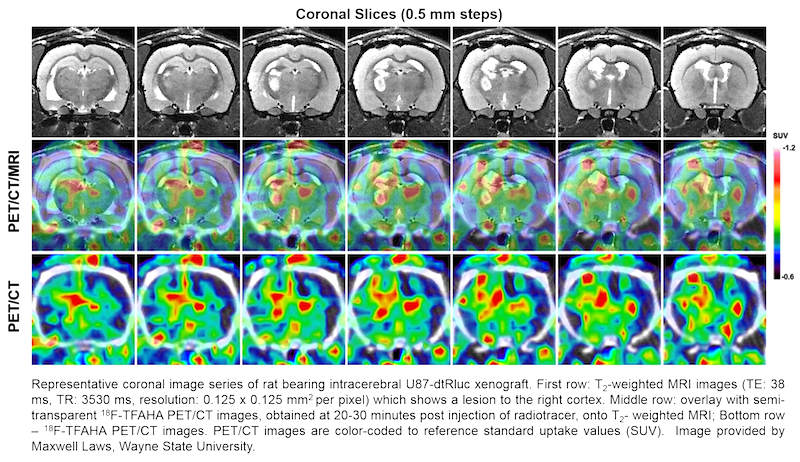 Researchers have a wide range of immunodeficient mouse models from which to choose a suitable experimental host, including nudes, scids, Rag2 knockouts, and super immunodeficient models such as the CIEA NOG mouse®. Each model offers different strengths and weaknesses, but one commonality is that they are all commonly used to host xenografts. With such a wide range of mouse models, why would you need an immunodeficient rat?
Researchers have a wide range of immunodeficient mouse models from which to choose a suitable experimental host, including nudes, scids, Rag2 knockouts, and super immunodeficient models such as the CIEA NOG mouse®. Each model offers different strengths and weaknesses, but one commonality is that they are all commonly used to host xenografts. With such a wide range of mouse models, why would you need an immunodeficient rat? In general, rats offer several benefits over mice:
- Rats are more physiologically similar to humans, for example, in cardiovascular physiology and drug metabolism.
- Rats are better suited to cognition and memory research.
- Their larger physical size simply makes them more amenable to certain types of research, such as surgical manipulations and imaging.
Nude rats are commonly used to bridge two research areas: oncology and toxicology. Most toxicology research is performed in rats, while oncology research models are typically mice. The nude rat offers a unique bridge in which both anti-tumor efficacy and toxicology can be studied. Another major application is imaging related to xenografts, where their size assists with imaging of fine structures.
A recent presentation at the annual meeting of the American Association for Cancer Research demonstrated the utility of nude rats for oncological imaging studies. Laws et al. intracerebrally implanted nude rats with luciferase and fluorescent-labeled human glioblastoma cells. Tumor growth was followed using bioluminescence and MRI imaging. The tumor-engrafted rats were then used to study a novel probe directed at a class of enzymes (histone deacetylases or HDACs) implicated in cancer development and progression.
 Accumulation of the probe in regions of interest was assessed using several imaging modalities, including PET, CT and MRI, with follow on validation using immunohistochemistry of brain sections. This novel probe may prove useful for monitoring therapies directed at HDAC enzymes.
Accumulation of the probe in regions of interest was assessed using several imaging modalities, including PET, CT and MRI, with follow on validation using immunohistochemistry of brain sections. This novel probe may prove useful for monitoring therapies directed at HDAC enzymes. 





.jpg)

.jpg)
.jpg)
.jpg)
.jpg)





.jpg)
.jpg)


.jpg)



.jpg)




.jpg)

.jpg)
.jpg)





